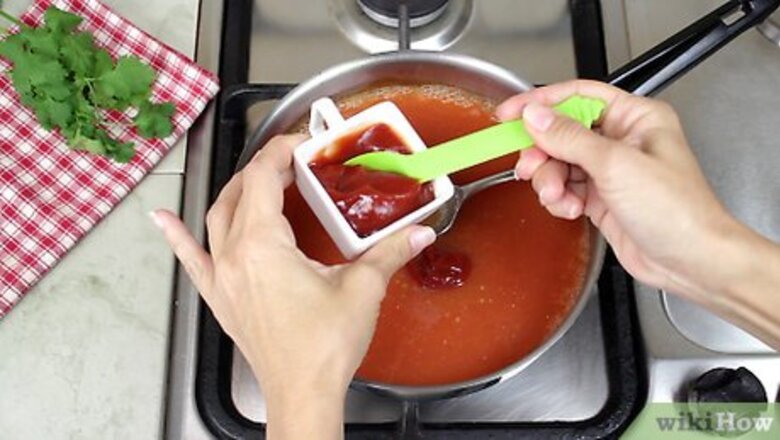
views
Adding Veggie Purée to Vegetable-Based Sauces
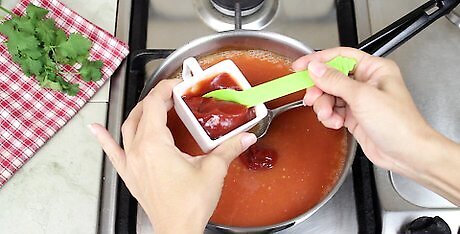
Add 1–2 tablespoons (15–30 mL) of tomato purée for a quick, easy option. Check your kitchen for a can of tomato purée or purchase some from a grocery store if you don’t have any on hand. You can save a few minutes of preparation time by adding some tomato purée to your sauce. You might not need to add that much, but it depends on how much sauce you’re preparing and how thick you want the end result to be. Start by adding 1 to 2 tablespoons (15 to 30 mL) of purée at a time, and continue adding more if needed. Only use this method with vegetable-based sauces, like marinara.

Boil or roast 1-2 potatoes or winter squash to use as a thickener. Take some potatoes or winter squash and place them in a pot of boiling water. Potatoes need to boil for at least 15 minutes, but the squash will only need around 10-15 minutes until they’re soft. To be safe, poke the vegetables with a fork to see how soft or hard they are. Be careful whenever you place anything in boiling water. Put the vegetables into the pot gently so you don’t splash any water on yourself.
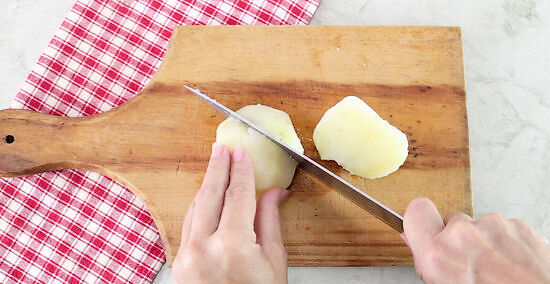
Cut the vegetables into 1 inch (2.5 cm) wide chunks. Take a cutting knife and slice the potatoes or squash into pieces. Make the chunks around small so you can place them all into the food processor with ease. If you make the pieces too large, you may have to blend them in more than one batch. Set the chunks aside in a bowl so it’s easier to transfer them to the food processor. The knife doesn’t have to be super sharp, since the vegetables will be soft from the boiling water.

Place the chunks in a food processor and blend them into a paste. Dump the pieces of potato or squash into the food processor before securing the top piece into place. Press the purée button, or whichever button will turn the vegetables into a paste-like consistency. Use the food processor in 5 second intervals, and check to see how blended the vegetables are after that. Make sure that the lid is on tightly when you purée the vegetables, or you might have a mess in your kitchen.
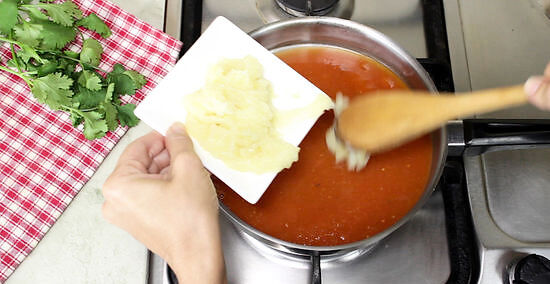
Mix the purée into the sauce and stir it thoroughly. Remove the container from the food processor and pour the contents into your pot of prepared sauce. Use a wooden spoon or other large utensil to mix the purée and sauce together. Add the vegetables in gradually, as you don’t want to make the sauce too thick. Continue stirring until the sauce has reached your desired consistency. Boil, cut, and blend more vegetables as necessary to keep thickening it.
Using Egg Yolks in Creamy Sauces
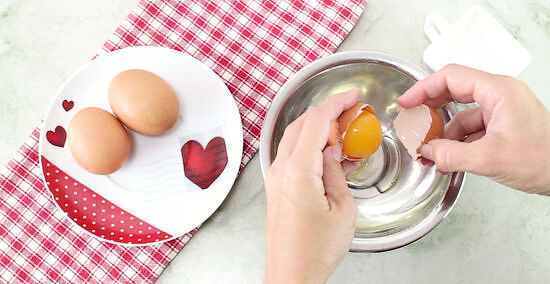
Crack 1 egg and separate the yolk into its own bowl. Break an egg and dump the yolk into a smaller container, separating the yolk from the egg as you go. Set the egg whites aside, or rinse them down the drain if you don’t want to use them. The yolk works as a thickening agent. Eggs are also used thicken custards and other desserts.
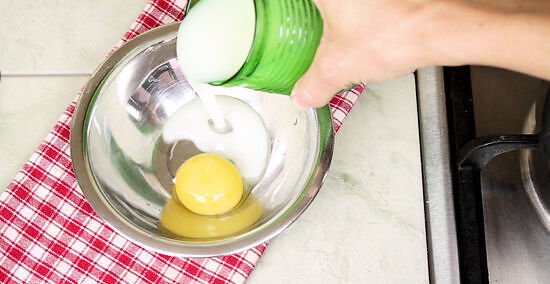
Pour 1 cup (240 mL) of sauce into the bowl of yolk. Measure out 1 cup (240 mL) of sauce and dump it in with the yolk. This helps the yolk acclimate to a smaller amount of sauce. It also allows it to spread more thoroughly throughout the sauce later on.
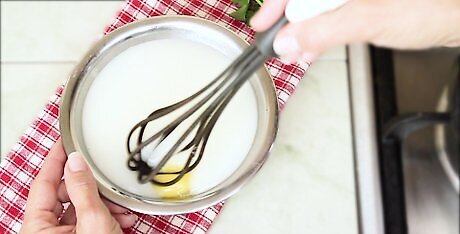
Stir the yolk and sauce together to create a new mixture. Use a whisk to combine the yolk with the sauce. If you don’t have a whisk on hand, feel free to use a spoon or fork—the important thing is that the yolk breaks up and distributes throughout the smaller amount of sauce. Stir the mixture for at least 30 seconds, or until it looks even.

Stir the mixture into the sauce until it reaches your desired thickness. Pour the contents of the smaller bowl into the pot of sauce. Use 1 hand to dump the egg yolk mixture into the pot while using the other hand to stir the rest of the sauce with a wooden spoon or other stirring utensil. Continue mixing in the yolk until the sauce reaches your desired consistency. Add an additional egg yolk as needed. This method works best with cream-based sauces.
Reducing the Sauce
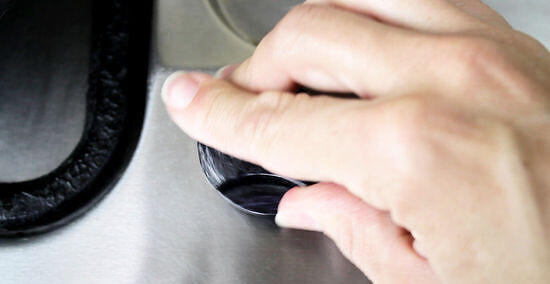
Evaporate some of the excess liquid by raising the stove temperature. Turn up the stovetop to the highest temperature setting while simmering your sauce. If the sauce is especially liquid-based, a hotter temperature helps evaporate some of the fluid, which makes the remaining sauce thicker. Don’t do this for an extended period of time, or leave the sauce unattended at high temperatures. Depending on what you’re making, the sauce could potentially burn.
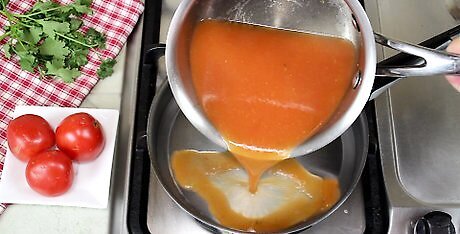
Use a wider pan to reduce the sauce. Make the evaporation process go even faster by using a low and wide pan or pot to prepare the sauce. Similar to the heating method, a wider surface area helps the sauce evaporate more quickly, which aids in reducing the sauce much more efficiently.
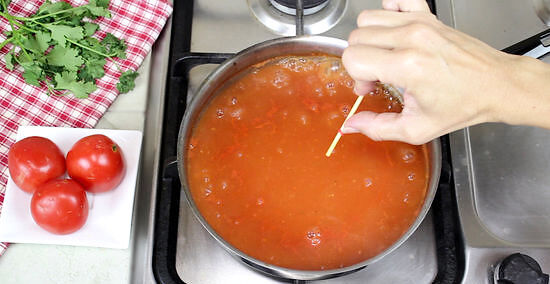
Measure the sauce with a stick to see how much it reduces. Place a clean chopstick or other thin object into the sauce to see how much sauce you’re starting with. Wrap a rubber band around the chopstick several times to mark the initial amount. Wait several minutes for the sauce to evaporate and reduce before measuring it again. Whenever the height of the sauce lowers on the chopstick, adjust the rubber band accordingly. Before you start reducing, make a mental note on the chopstick to indicate how much sauce you’d like to have by the end of the reduction process.
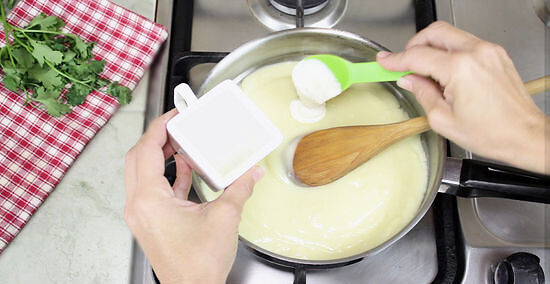
Thin out cream-based sauces by adding in 1 to 2 tablespoons (15 to 30 mL) of cream. Have a bottle of cream on hand in case your sauce ends up being a little too thick. Spoon 1 to 2 tablespoons (15 to 30 mL) of cream into the sauce at a time. Use a wooden spoon or other utensil to thin out the mixture until your sauce is the desired consistency. If you’re making a larger amount, feel free to add more cream as needed.
Trying Other Thickeners
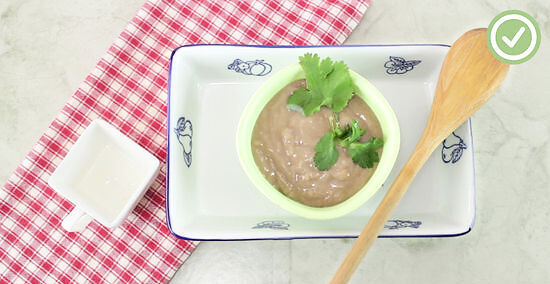
Switch out water for milk within the recipe. Look at your sauce recipe and check for liquid ingredients, like water. If the sauce calls for water, consider using milk instead. While not significantly thicker, milk might provide enough substance to give the sauce a great consistency. Use this method with caution. If you’re making a savory sauce that wouldn’t taste very good with milk added, consider choosing a different thickening route.
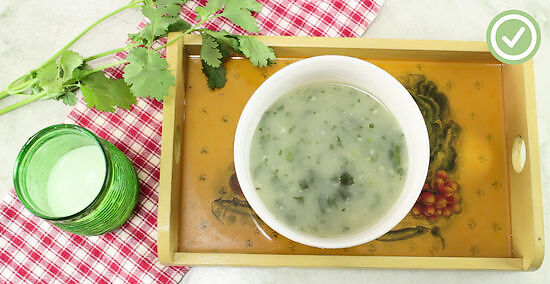
Add equal parts of cornstarch and cool water to thicken the sauce. Add 1 tablespoon (15 mL) of water and 1 tbsp (7.5 g) of cornstarch into your sauce mixture, stirring them together thoroughly. Include an additional 1 millilitre (0.035 imp fl oz; 0.034 fl oz) of cornstarch and water for each cup of sauce you’re preparing. Try using equal parts water and arrowroot powder if you’d prefer to use a different powder.
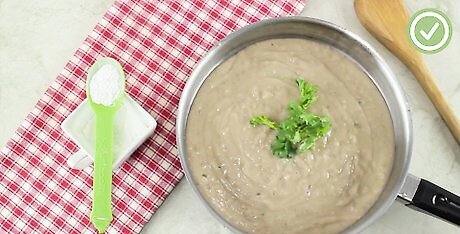
Include some tapioca starch to make your sauce a bit thicker. Measure out 1½ tsp (2.54 g) of tapioca starch and stir it directly into the sauce. If the consistency still isn’t thick enough, feel free to add more as needed. This works especially well with gravy. For a gluten-free option, try using potato starch instead. Similar to cornstarch, mix 1 tbsp (10 g) of potato starch with 2 tablespoons (30 mL) of cold water together before adding the mixture to the sauce.




















Comments
0 comment